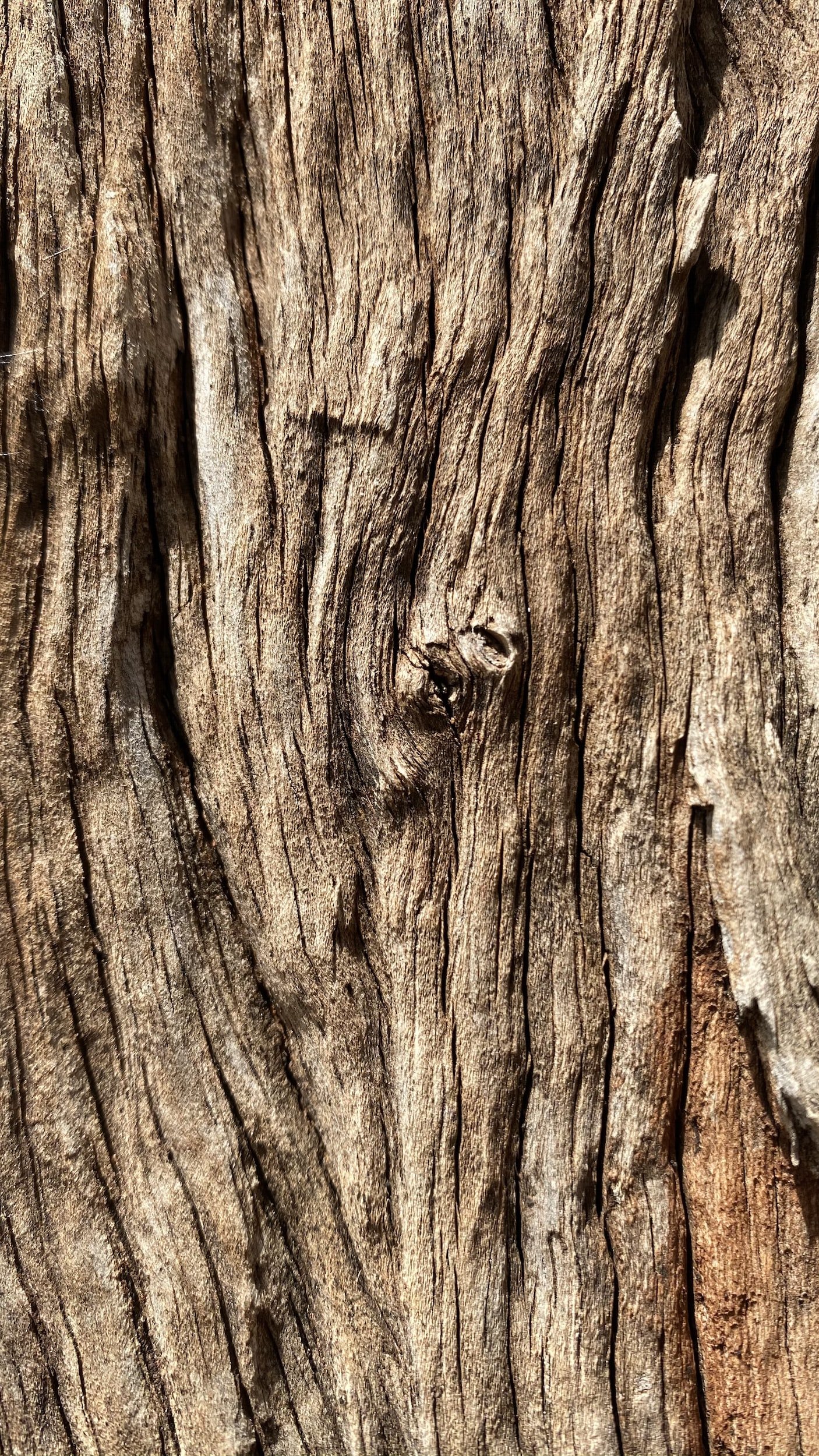Why Is My Tree Cracking In Winter?
Dramatic temperature changes in winter can affect all types of trees and shrubs. The most common bark damages to occur during winter are sunscald and frost cracks. Both of these can affect the overall health of your trees if they aren’t mitigated early enough or properly. Read more below on how to care for winter damage on trees below.
What is sunscald?
While all trees are susceptible to sunscald, it is primarily found on young, thin-barked, ornamental and fruit trees. When temperatures change rapidly, it causes death in the cells of the bark. During winter, the frozen tissue of your trees is repeatedly frozen and thawed from sunrise to sunset. The trunk tissue death is not always seen immediately, though, so it is important to look for other signs such as:
cracking of the bark
discolored bark
“bleeding” in the spring from the affected area
How do I protect my trees from sunscald or winter damage?
The best practice for healthy trees is always having regular consultations with your local certified arborist or tree care expert. They will develop a tree health care plan to make sure your landscape is ready for the changing of seasons. Regular pruning, removing any dead or diseased limbs, watering in winter and wrapping the lower trunk of your trees in a light colored dressing for winter are all best practices to keeping your trees safe from winter damage.
If your trees are showing signs of winter damage from the recent temperature change, give us a call today to speak with one of our certified arborists on staff by clicking the link below!

